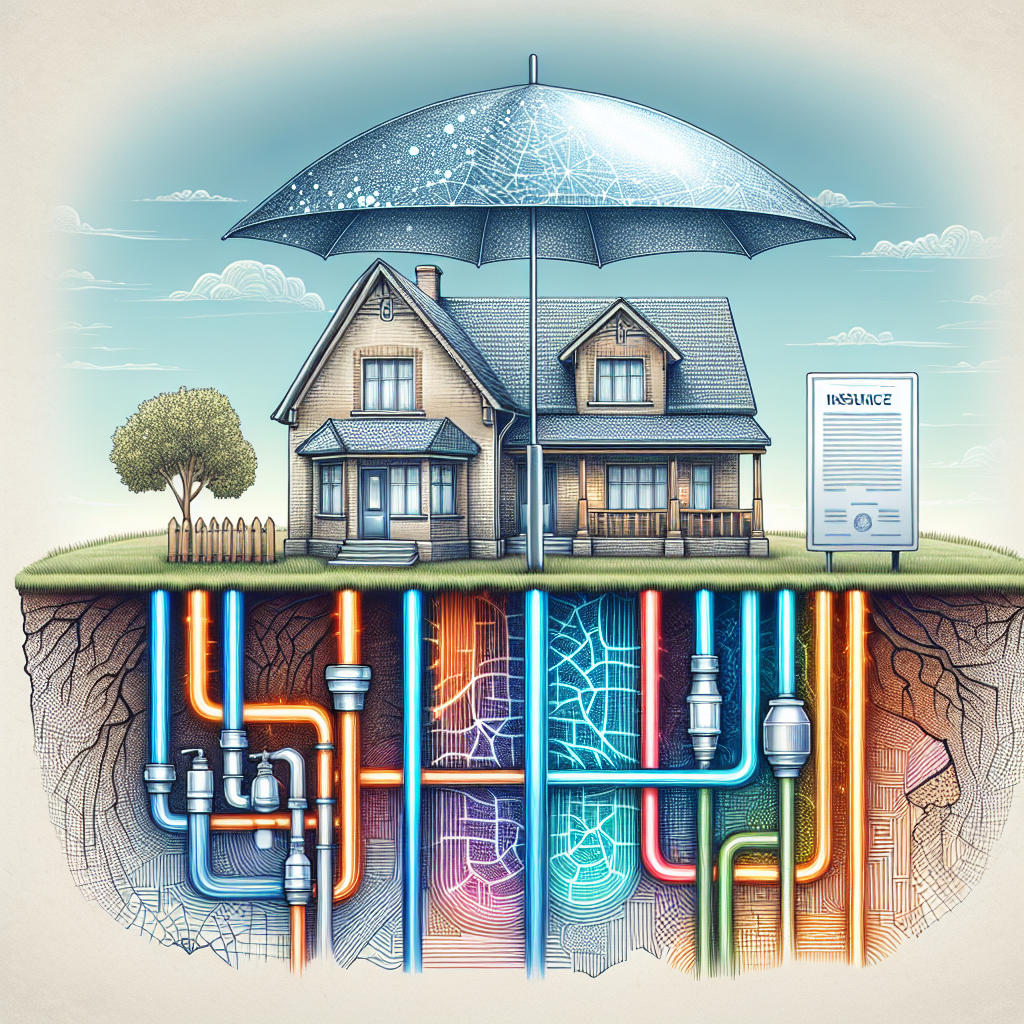Filed under Home Insurance on
Essential Guide to Seasonal Home Insurance Coverage

When it comes to protecting one of your most significant investments—your home—understanding the nuances of seasonal home insurance coverage is essential. Depending on the time of year, certain risks are more prevalent, which means homeowners must adapt their insurance coverage accordingly. This comprehensive guide will explore the ins and outs of seasonal home insurance, ensuring you have the necessary protection no matter the season.
Understanding Seasonal Home Insurance Coverage
Seasonal home insurance is designed to cover potential risks that vary throughout the year. Whether you're dealing with storms in the winter or fire hazards in the summer, having the right coverage in place can protect your home from seasonal threats.
The Importance of Adapting Your Coverage
Standard home insurance policies provide general protection, but they may not address specific seasonal risks. Adapting your coverage can involve adjusting limits or adding endorsements to safeguard against unique seasonal challenges such as ice storms, floods, or hurricanes.
Key Components of Seasonal Home Insurance
To effectively utilize seasonal home insurance coverage, it's important to understand its key components:
1. Weather-Related Protection
Each season brings distinct weather patterns that can pose risks to your home. For instance, heavy snowfall can lead to roof damage, while spring floods can result in water damage. Tailoring your policy to include coverage for these weather-related incidents is crucial.
2. Property and Liability Coverage
Property coverage extends to the physical aspects of your home and personal belongings, whereas liability coverage protects you from legal claims if someone is injured on your property. Assessing the adequacy of these coverages during seasonal transitions is wise.
3. Additional Living Expenses
If your home becomes uninhabitable due to a covered event, this aspect of home insurance provides for temporary living expenses. This is particularly relevant during extreme weather events, such as hurricanes or blizzards.
Seasonal Risks and Their Coverage Options
Identifying the potential hazards associated with each season allows homeowners to proactively adjust their coverage. Here's a closer look at seasonal risks and how to manage them:
Spring: Floods and Water Damage
- Heavy rains and melting snow increase the risk of flooding.
- Consider adding flood insurance if your area is prone to such events.
- Inspect and maintain drainage systems to mitigate water damage.
Summer: Wildfires and Storms
- The heat of summer can lead to wildfires, especially in dry regions.
- Review fire coverage and ensure your home is clear of potential fire hazards.
- Severe thunderstorms can cause wind damage; verify storm coverage in your policy.
Fall: Wind and Hail
- Transition seasons often bring strong winds and hail.
- Inspect your roof and siding for durability against these elements.
- Ensure your policy covers damages from wind and hail.
Winter: Snow and Ice Damage
- Snow accumulation can compromise roofs and cause leaks.
- Ice dams and freezing temperatures may lead to burst pipes. Consider winterizing your home.
- Double-check that your insurance policy covers these specific issues.
How to Customize Your Seasonal Home Insurance
Customizing your seasonal home insurance coverage involves proactive steps and ongoing maintenance:
Evaluate Your Current Policy
Start by reviewing your existing policy to understand what is already covered. Identify gaps that need filling based on the unique risks of each season.
Add Endorsements for Specific Risks
Endorsements are additional coverages that can be added to your policy to protect against certain risks. Whether it’s for flooding, earthquakes, or high-value items, endorsements can offer peace of mind.
Regular Home Maintenance
Routine maintenance plays a critical role in preventing damage. Clean gutters, trim trees, inspect your roof, and winterize pipes to reduce potential claims and disruptions.
Expert Insights on Seasonal Home Insurance
Industry experts emphasize the importance of adaptation when it comes to home insurance. According to insurance specialist Jane Doe, “Taking a proactive approach not only helps in safeguarding your property but also reduces overall costs in the long term.” Align your home insurance policy with Jane’s advice to mitigate seasonal risks effectively.
Trends in Seasonal Insurance
Recent trends indicate an increase in weather-related claims, prompting insurance companies to offer more customizable policy options. Flexible endorsements and coverage adjustments are becoming mainstream in response to changing environmental patterns.
Conclusion
Equipping your home with the right seasonal home insurance coverage is not just about protecting property—it's about ensuring peace of mind year-round. By understanding and addressing the unique risks associated with each season, homeowners can tailor their policies for optimal protection. Stay informed, adapt as needed, and consult with insurance professionals to maintain comprehensive coverage. In doing so, you'll safeguard your home against unforeseen events and enhance overall security.
Embrace the change of seasons with confidence, knowing your home is well-protected against nature's unpredictability.





